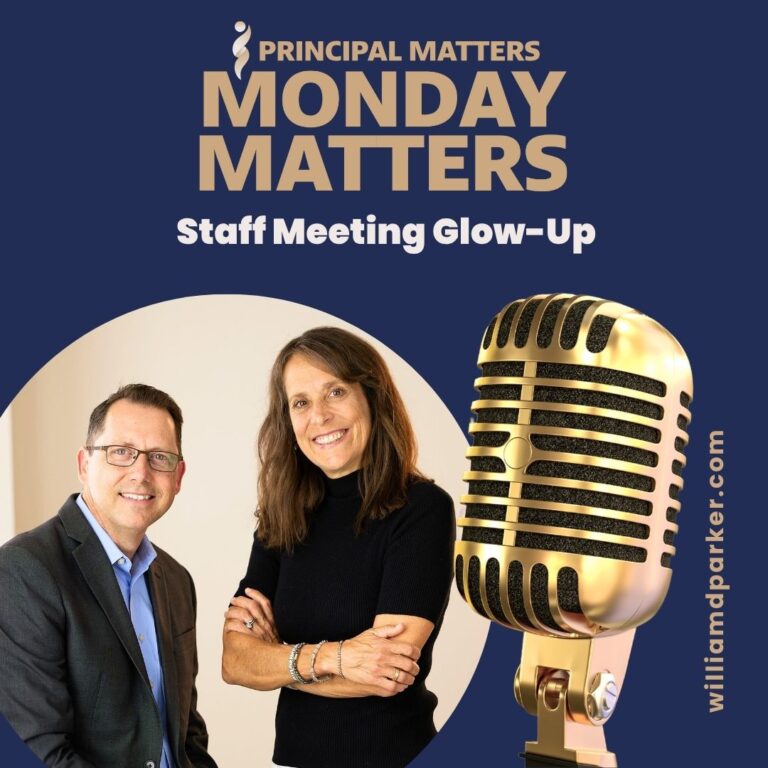Podcast: Play in new window | Download
When I was in college I climbed my first mountain which was an active volcano near Guatemala City.
We loaded a bus the night before and arrived hours before sunrise to begin our hike in the dark. As we made it up the mountain, the pale colors of morning began to greet us. With the altitude change came the hard work. Each one of us was catching our breath while plodding toward our destination.
The team leader for this climb had pulled all of us together before it began. He explained the route, described the climbing conditions, and gave each of us the opportunity to back out if the climb sounded too strenuous.
As we reached the last stretch toward the peak, the ground turned to rocky ash. Each step we would take forward would require the use of hands and knees. Soon we stopped talking as each person focused on the next step.
The hardest part was that for every stride made upwards, a climber would often slide back a foot or two. At one point, the girl next to me said she couldn’t make it. “You can do this,” I said. As I slowly found footing, I reached back and pulled her with me. Others on the team began to do the same. It took a lot of encouragement and teamwork to pull ourselves to the top.
Why Are Others Following You?
I was thinking about mountain climbing the other day in relation to school leadership. When I think back to that day, I don’t remember thinking much about my team leader during the climb. I listened to his instructions, I took to heart his warnings before the trip, and prepared according to his directions. I remembered him reminding us it would take perseverance to make the climb. But once the climb began, I focused on the feet in front of me and the teammates around me.
In other words, my team leader set the tone and led the way. Yes, I took inspiration from his words, but I didn’t climb that mountain because my focus was on him. I climbed that mountain because I wanted to reach the top. His influence of had helped prepared us, set the example for us, and then empowered us for the challenge of reaching the destination.
This may be very obvious, but I think leaders (including myself) often need to be reminded about the purpose of your leadership. So here it is:
Obviously reaching destinations inevitably requires leaders to set expectations, map routes, or lead by example. But here’s a little secret: those whom you are leading don’t really think as much about you as you may think.
Yes, leadership makes a difference. It always does. And, yes, others will judge your actions and reactions because that what we all do to our leaders. And for better or worse, others may even be emulating your example. But ultimately, if you are leading with effectiveness, your goal is to help others move toward a specific destination.
4 Questions to Keep in Mind as You Lead Others
1. How are you diverting the focus from yourself or your own goals to the mutually shared goals you want your team to reach together?
In 2016 the Harvard Business Review article The One Type of Leader Who Can Turn Around a Failing School by Alex Hill, Liz Mellon, Ben Laker, and Jules Goddard.
In a study of 411 UK school leaders, the authors identify 5 types of personalities leading most schools: Accountants, Architects, Philosophers, Soldiers, and Surgeons. You can read the study for more context, but the major takeaway from their research is that the most effective leaders are what they call architects: those who understand how to design, strategize and lead change. In other words, transformational leaders are not necessarily inspirational or motivational as much as they are committed to best practices and solid outcomes.
I have to admit that sometimes I struggle with the research because I often rely on my ability to motivate others through motivation, celebration, or trying to be a role model. That is one reason I made it a point to attract others to my team who had strengths in planning or design where I may not have been as strong. The other roles identified in this study are not wrong, but they are not a replacement for strategic action in helping others reach their goals.
2. How can you begin sharing more about the shared destination and outcomes rather than responding to what others may think of you as a leader?
Working with a team or with students on shared goals helps you organize and strategize for outcomes. And it is easy to become distracted by negative feedback or unwelcome attitudes. But one of the mistakes I have seen leaders make is taking feedback too personally. It is inevitable that others will push back or complain when asked to accomplish goals. So your responsibility as a leader is not to defend your authority; instead, it is to provide direction and refocus on accomplishing the tasks at hand.
Let me give you an example from the classroom:
One year when I was teaching research to high school juniors in a new school, I realized many of them had never done research before. So my goal was to break the process down into small steps. Good research essays involve brainstorming, choosing topics, outlining, finding sources, note taking, draft writing, and final proofing. I broke each step of research into visual cues. I created cartoon images of each step of the process, provided time for every student to work the process, and provided multiple steps of evaluation along the way instead of just one evaluation at the end.
That year I had over one hundred students in my junior sections, and it was the first year I had every student turn in a completed final project. How did I help them accomplish the goal of 100% participation? The focus was not on me or even on responding to their attitudes; it was on helping them complete the process.
Take a look at how you are leading your school team. What are the processes necessary to help your teammates accomplish so that you are not the focus? Helping them reach their goals is the focus.
3. What ways can you help others understand the risks, actions, and courage necessary for reaching big goals?
Accomplishing big goals requires a lot of work. But you find little to no satisfaction in a reward that cost nothing. So how do we communicate the value in reaching goals together? One way to communicate that value is by helping others see the relevance in their work.
K-12 schools are often criticized for not staying relevant to the real-life needs of learners. It is too simplistic to paint all schools with this same paintbrush, but at the same time, it is tempting to begin to “go through the motions” of leading or educating others. Thankfully, many educators are refusing to let learning be irrelevant.
Don Wettrick in an Innovation Specialist at Noblesville High School, just outside Indianapolis, Indiana. His district allows him to create curriculum that requires student ownership, design, and product creation. You can check out his website and podcast for amazing resources and inspiration. Don’s philosophy for teaching was inspired from his father, a veteran teacher who told his son, “I don’t care if you teach for 20 years, just don’t teach the same year 20 times.”
The same philosophy works with school teams. Your teachers and staff always have more creative ideas collectively than you’ll every have alone. And the role of school leader your is to tap into that collective knowledge—giving other permission to practice the courage, create the resources, and take risks necessary.
4. How can you lead by example so that you are the chief learner, risk-taker, goal-setter, and action-taker?
Do you want your teachers utilizing new technologies? Then try some yourself. Do you want them differentiating? Then model it for them in your professional learning days. Principals should be the chief learners if we want others learning.
I had a lot people tell me they could not understand how I could write books and create podcasts while being a principal. Sometimes the commitment was overwhelming, but I was also committed to modeling the kind of risk-taking it takes to learn. As a result, I was able to encourage others when they had ideas for something new.
Let’s Wrap This Up
One of the best memories of climbing my first mountain was the view from the top. The eastern horizon below was blazing with color from the sunrise. It was so worth the pain it required to be there, and the climb down was filled with the joyful sounds of conversation and satisfaction.
At the base of the mountain were banks of black lava rocks, and as we climbed down, we saw a white farm horse grazing on meager strands of grass growing up along the trail. It was surreal to have the mountain looming above us and this peaceful scene of unexpected beauty.
Reaching goals can provide you with a fresh perspective on your surroundings. But I can assure you of one thing I wasn’t thinking about. At that moment of camaraderie and joy, I wasn’t thinking about our team leader. Somewhere in the mix of all that joy, he was just one of us–enjoying the satisfaction of our collective journey together.
As you think about the road ahead of you at school today, remember that people need good direction. They need permission to take risks. They need strong leaders to design the processes Sometimes they even need inspiration. But ultimately, the goal is not for them to follow you. The purpose of your leading others is for them to reach their intended destinations.
Now It’s Your Turn
What is a major goal you are trying to reach with your school team right now? What are benchmarks you’ve set for the journey together so you know what progress you’re making? How can lead by example in the journey so that others more clearly see the destination and feel encourage to reach the goal?
Sign-Up For Free Updates and Ebook
When you enter your email address here, you will automatically receive my newest posts and a free Ebook, 8 Hats: Essential Roles for School Leaders. Let’s keep learning together!
Principal Matters–The Book!
School leaders are very busy, so each of the twenty-four chapters is designed as a quick-read and followed with take-action questions for follow-up or reflection. If you want practical ideas on understanding your purpose, managing school teams, dealing with challenges, and leading with courage, action, motivation, and teamwork, go HERE to pick up a copy for you or your team.
Messaging Matters
Harness the power of messaging to create a culture of acknowledgment, respect, and celebration. Written specially for leaders, this title is divided into three parts, helping readers to maximize their role as chief communicators with students, teachers, and parents and community. Each chapter includes suggestions for using digital tools to enhance messaging and ends with reflection questions and practical next steps.




